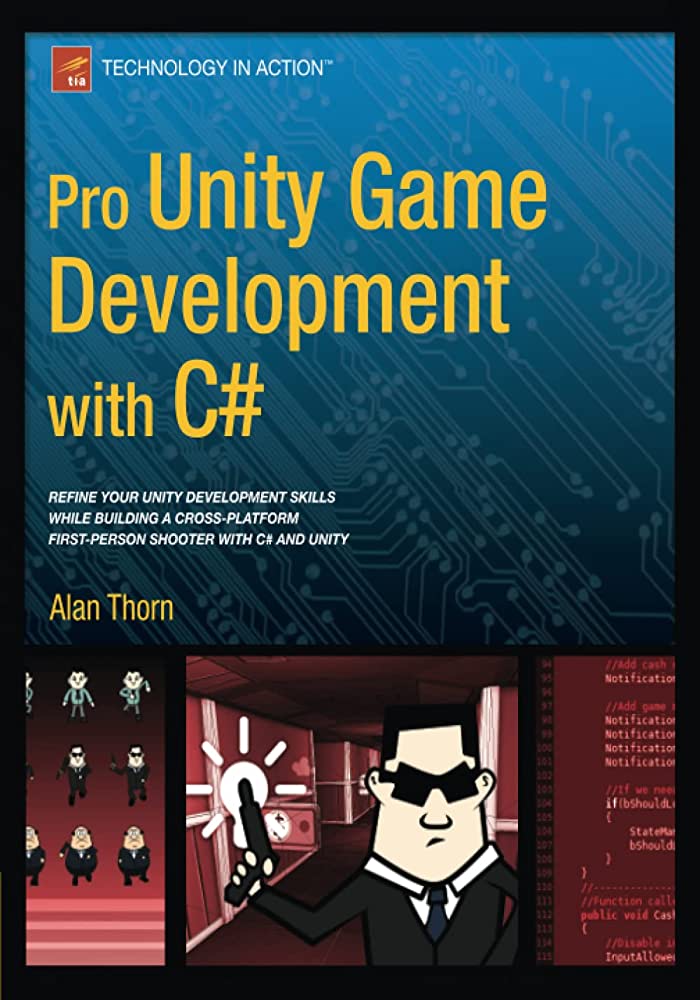Unity is a popular cross-platform game engine that allows developers to create games that can be played on multiple platforms, including iOS, Android, Windows, Mac, and gaming consoles like PlayStation and Xbox. Its drag and drop interface makes it easy for both beginners and professional developers to create games without complex coding. One of the most significant advantages of Unity is its cross-platform capabilities, allowing developers to reach a broader audience with minimal effort. However, cross-platform development also presents challenges, such as optimizing the game for different devices and thoroughly testing the game on different platforms. Despite these challenges, Unity’s cross-platform capabilities have revolutionized the game development industry.
Unity Game Development: A Look at Its Cross-Platform Capabilities
Introduction
Game development has come a long way, from simple games played on black and white screens to the complex, visually stunning and immersive games we play today. One of the most popular game engines used by game developers today is Unity, which enables the creation of games that can be played across multiple platforms. In this article, we’ll take a closer look at Unity’s cross-platform capabilities and how it has revolutionized game development.
What is Unity?
Unity is a cross-platform game engine created by Unity Technologies, which is primarily used for creating video games and simulations. It can be used to create games for various platforms including iOS, Android, Windows, Mac, Linux, and even gaming consoles like PlayStation and Xbox.
Unity is designed to make the game development process more accessible and efficient. It has a visual editor that allows developers to create games using drag and drop interfaces without the need for complex coding. Developers can also program the games in C# or UnityScript. The engine also has a huge asset store with thousands of resources like models, textures, plugins, and other tools that developers can use in their games.
Cross-Platform Capabilities of Unity
One of Unity’s most significant advantages is its cross-platform capabilities. This means that Unity games can be played on multiple devices and platforms, with little to no alteration. This is because Unity supports multiple platforms, and developers only need to create the game once and Unity takes care of the rest.
Unity’s cross-platform capabilities are one of the reasons why it is a popular choice for game developers. It allows them to reach a broader audience with minimal effort, as they do not need to create separate versions of the same game for each platform. This saves time, resources, and simplifies the game development process.
One of the reasons why Unity is so popular is because it’s easy to use. Unity’s drag and drop interface makes it easy for beginners to develop games, while its powerful functionality makes it popular among professional game developers. Additionally, Unity’s cross-platform capabilities make it a valuable tool for developers who want to create games that can reach a wider audience.
Challenges of Cross-Platform Development
While Unity simplifies the process of game development, it doesn’t mean that cross-platform development is without challenges. Developers need to keep in mind that different devices have varying performances and hardware capabilities. Unity’s cross-platform capabilities are designed to handle these differences, but it’s still essential to optimize the game for different devices.
To begin with, developers need to decide on the platforms they want to target. They also need to ensure that the game’s graphics, controls, and gameplay are coherent across all platforms. Often, developments start with mobile platforms, and later optimized for desktop and gaming consoles.
Another significant challenge of cross-platform development is the testing phase. Incompatibilities may arise due to differences in the operating system, hardware, and middleware. Cross-platform testing is a critical phase in the development process, and developers should allocate enough time to test the game on different platforms.
Conclusion
Unity’s cross-platform capabilities revolutionized game development and made it accessible for both beginners and professional developers. Unity’s drag and drop interface makes it easy for anyone to develop games while its asset store provides developers with thousands of resources they can use in their games.
Despite its simplicity, cross-platform development is not without challenges. Developers need to put in extra effort to ensure the game is optimized for all platforms and can run smoothly. They must also allocate enough time to thoroughly test the game on different devices.
Overall, Unity’s cross-platform capabilities have been a game-changer in the industry. It has enabled developers to create games that can reach a broader audience with minimal effort while providing players with immersive and visually stunning games.
